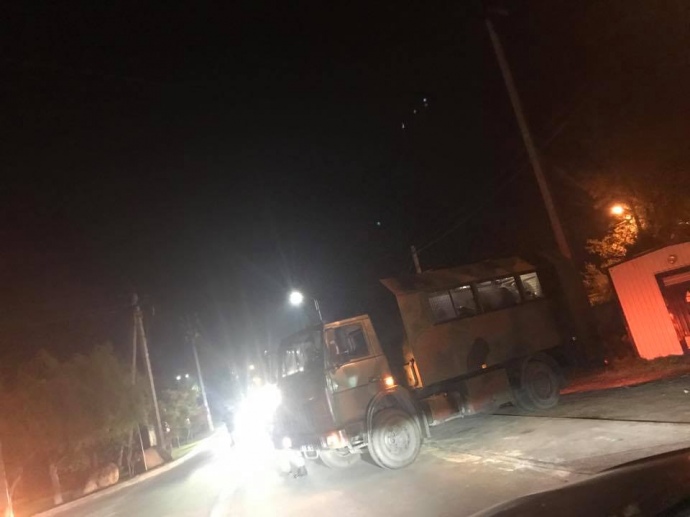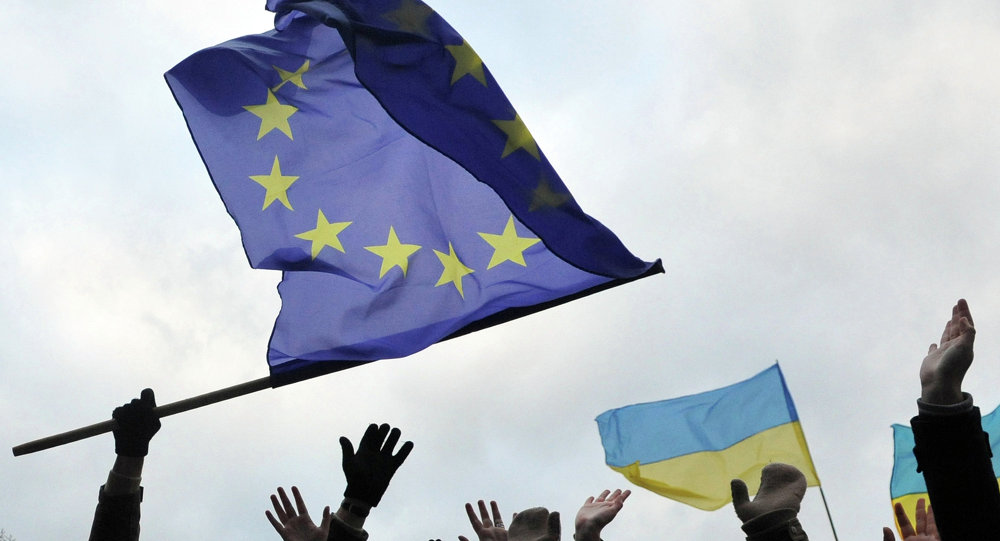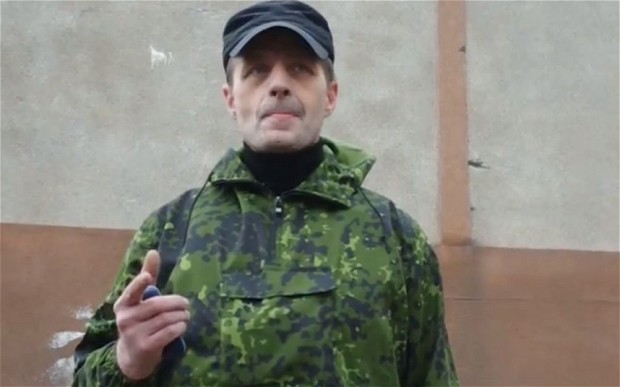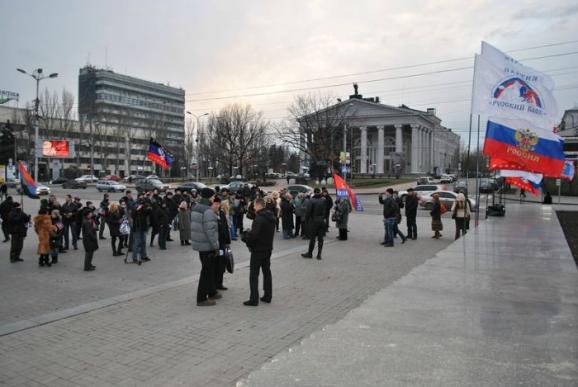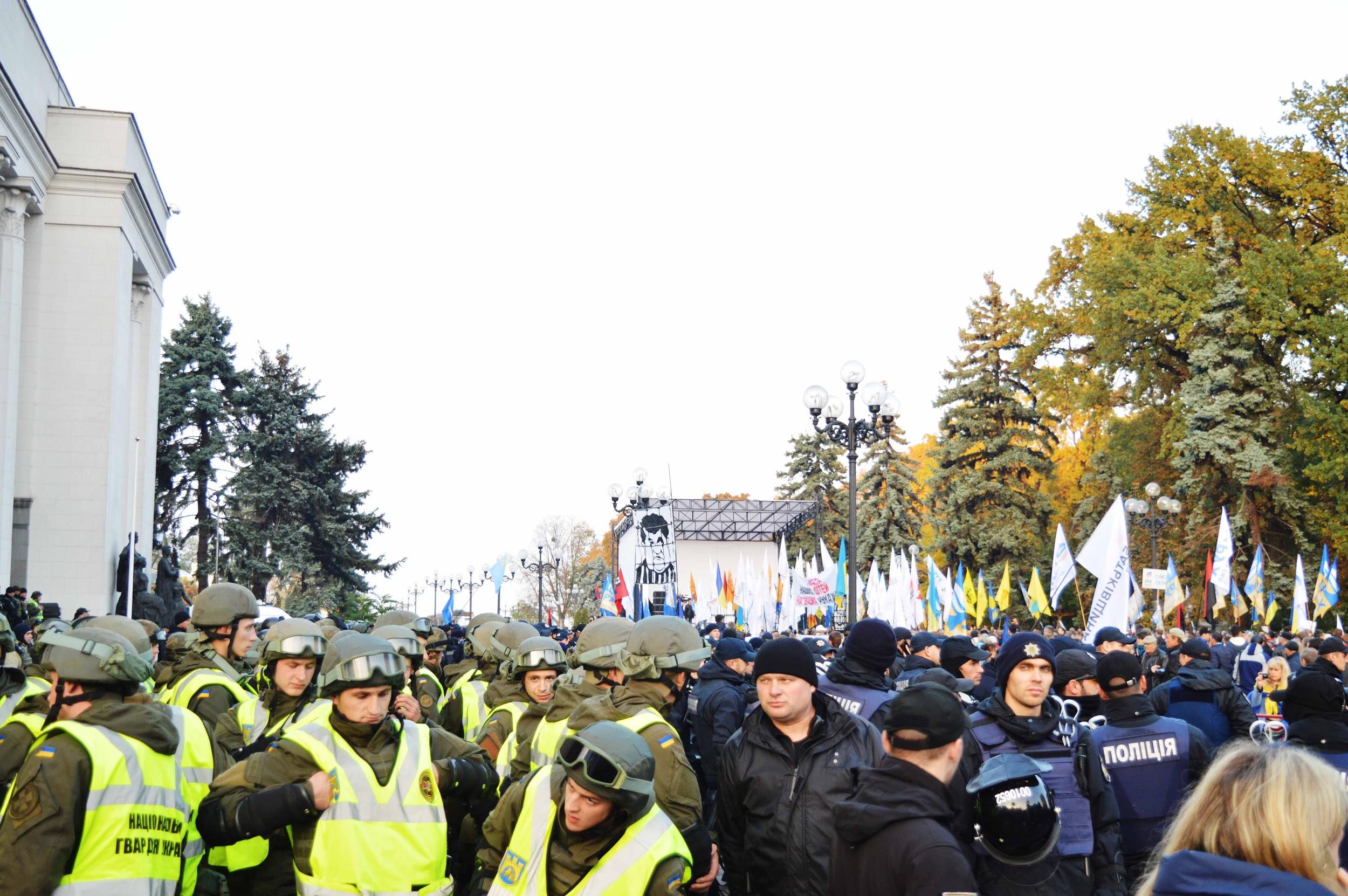
The demands
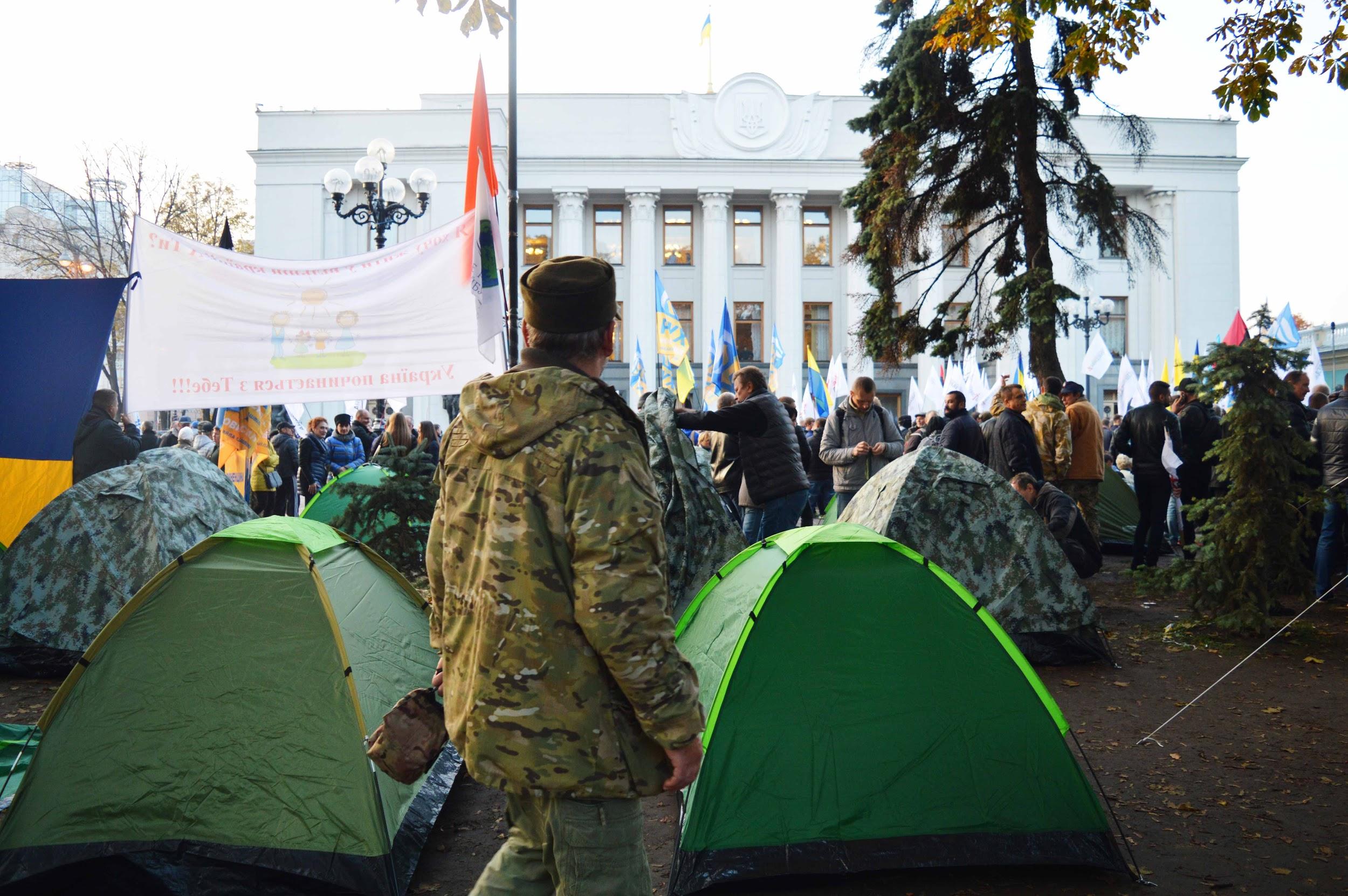
The protesters put forward three main demands – to change the election rules, to create an Anti-Corruption Court, and to cancel parliamentary immunity.
“The main drawback of the majority component is a big waste of votes. The winner can be a person who gained a minority of votes. Sometimes a person can gain 13% and it will be more than any of competitors get. So the person becomes a deputy even if 87% are against it,” explains Kovryzhenko.Thus, parties which win according to this component can be supported by the minority of the population, but form a majority and the government. The second drawback, according to Kovryzhenko, is that this component creates good conditions for using administrative resources – allocating state money and directing it to certain counties where a pro-government candidate is campaigning, which stimulates voters to vote for this candidate. But the proportional system with closed party lists doesn’t promote the renewal of the political elites either, says Kovryzhenko:
“The place of a candidate in the list is defined by negotiations between the candidate and the party leader. And it is no secret the places in lists are sold at the stage of nomination of candidates. So if we change the existing mixed system to being fully proportional, it would more or less represent the moods within society, but there will be no renewal of the elites because parties would nominate oligarchs or people who are dependent on authorities, and the existing 5% threshold would prevent new political forces from entering the parliament.”
According to the expert, many political leaders are afraid of the proportional system, particularly – Poroshenko’s Bloc and Narodnyi Front, as their ratings are falling. The Radical Party of Liashko, Batkyvshchyna, Samopomich, and the Opposition Bloc on the other hand are interested because their ratings are increasing, but they do not have the majority to change the rules.
Read also: Electing bad leaders in Ukraine: how to break the vicious cycle #UAreforms
The Creation of Anti-Corruption Court is foreseen by the judicial reform launched by the President Poroshenko in 2016. When the protest was planned, the position of the president and his inner circles on the question was not clear enough - for a long time, the establishment advocated for the creation of anti-corruption chambers in every court. Due to the low number of courts in the country, civil society saw this to be an imitation of reform. However, during the last weeks, Poroshenko’s rhetorics on the issue changed dramatically – he supported the idea of a full-fledged Anti-Corruption Court. It happened just before the Venice Commission released its recommendations to Ukraine.Read more: Civil society sees EU as a safeguard for creating Anti-Corruption Court in Ukraine
There were two bills on the Anti-Corruption Court: one developed by activists, considered as opposing the government, and one was registered by MPs from Petro Poroshenko’s Bloc. It foresaw the creation of anti-corruption chambers. Neither of the bills was recommended by the Commission. Instead, the recommendations envisage creating a third law based on the one proposed by the activists. At the same time, the Venice Commission concluded that the bill supported by the President contradicts Ukrainian legislation and that the creation of chambers might have a negative effect on the fight against corruption. However, the new law should be submitted by the President. There are two main instruments with which Poroshenko and his inner circle can prevent this reform from happening not just on paper but in reality:- First, protracting. Doing this in Ukraine is simple – by assembling different working groups in the Parliament in order to delay creating and passing a corresponding law. This happens so often that even politicians sometimes joke that creating a working group is the best way to fail the case. As Lemenov told, the president might delay with the creation of the court until the next elections, which will happen in 2019. So even if the law is passed now, there will be delays with its implementation and Anti-Corruption Court will not be functional until the end of 2018.
- Second, not letting the independent international experts to take part in the process of selection of judges, because the “needed” candidates will easily get into the newly created court without them:
“You’ll see, their main argument against it will be that the participation of international experts is an element of external intervention in inner affairs of Ukraine which leads to the loss of a part of sovereignty of the country,” Oleksandr Lemenov, an expert of Reanimation Package of Reforms, a network of NGOs advocating Ukrainian reforms, explained to Euromaidan Press.

The results of the first day
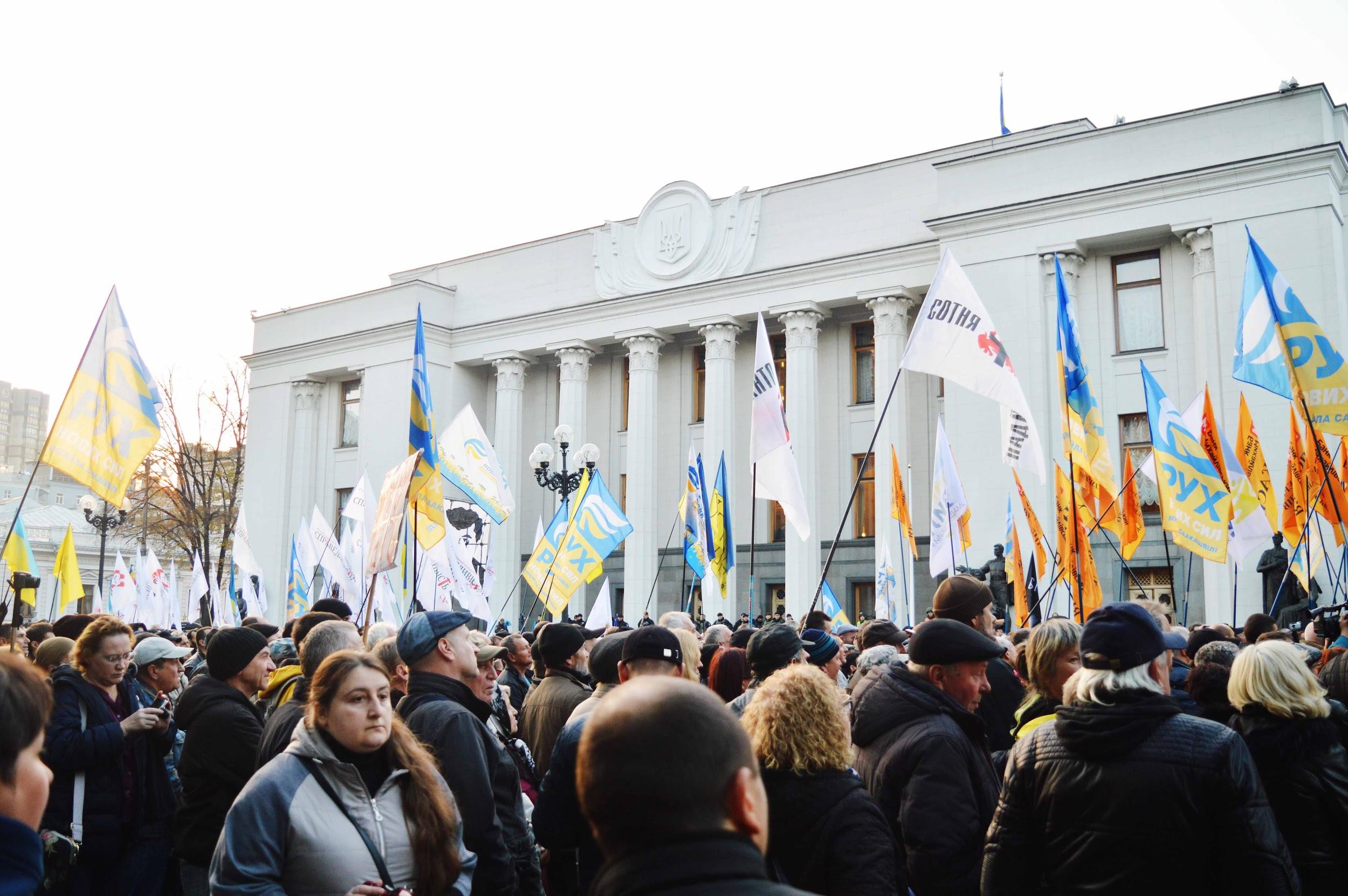

“As long as there is Poroshenko, there will be no fight against corruption! As long as there is Poroshenko, there will be poverty, humiliation, emigration, especially of youth. There will be the fall of Ukraine's prestige, money, including that allocated for defense, will be stolen,” said Saakashvili.When the protest started, the president promised to fulfill the requirements of the protesters. In particular, he registered the bill (#7203) which envisages amendments to the Constitution on cancellation of parliamentary immunity. But there is one controversial detail. If the Parliament votes for the bill suggested by the president, the law will come into force only on 1 January 2020. The activists do not agree to such a delay. The speaker of the parliament Andriy Parubiy in his turn ordered to put the demands of the protesters on the agenda. However, these questions have to be considered after the medical reform. The morning parliamentary session was closed less than in an hour of work. The first clashes started about 4 P.M. closer to the beginning of the evening parliamentary session. The protesters were trying to put up tents in the square near the building of Parliament but were prevented from doing so by the law enforcement officers. In the end, the protesters managed to do it and started to establish a camp. During the incident, one activist and one soldier of the National Guard were injured. The second major incident happened when an MP from Petro Poroshenko’s Bloc Oleр Barna was attacked when he tried to leave the building of the parliament. After 10 P.M., the protesters and police clashed again over the police’s obligation to check everyone who enters and exits the protester’s camp.

